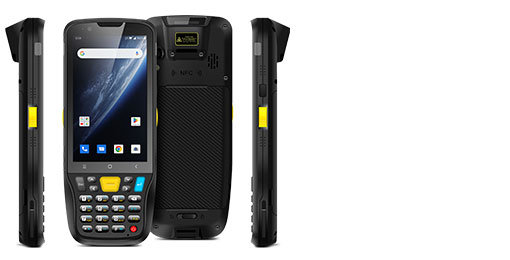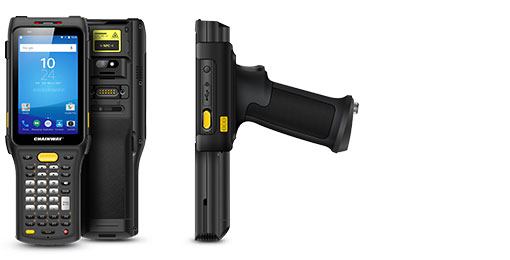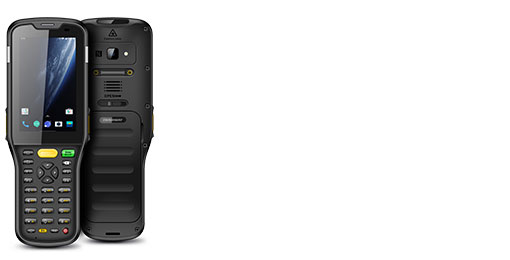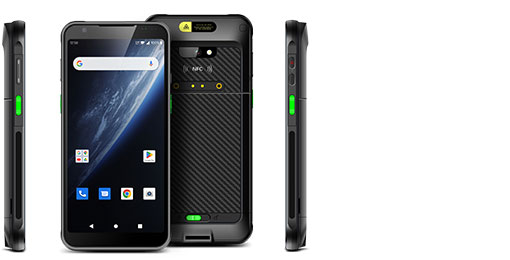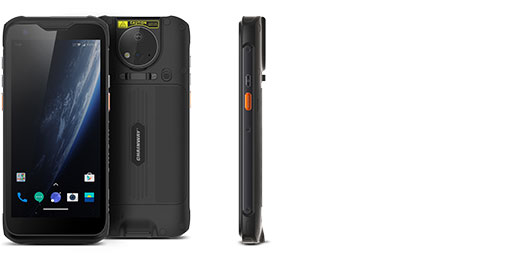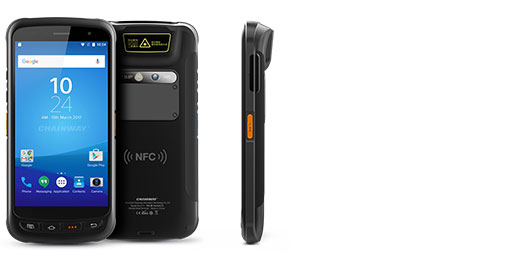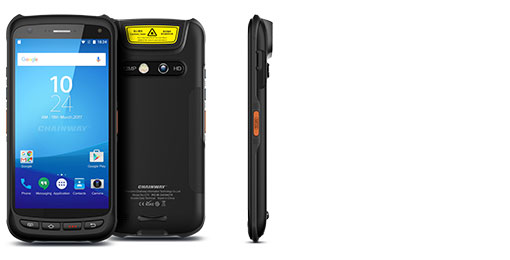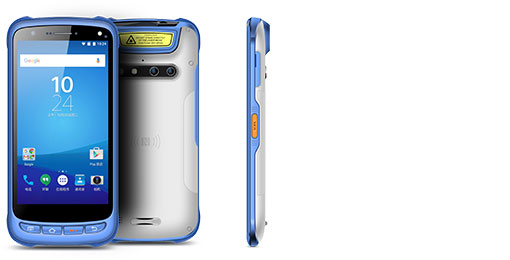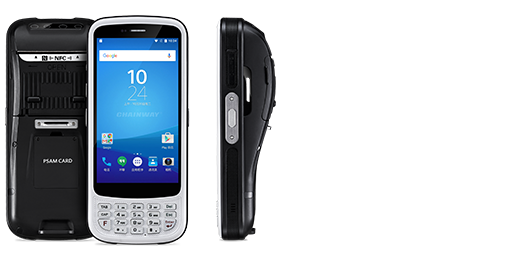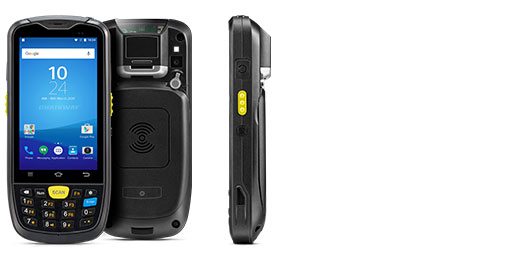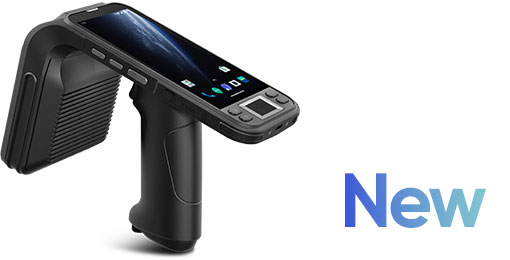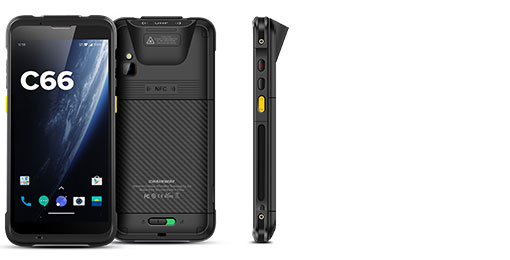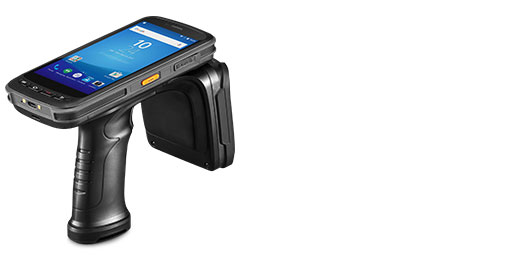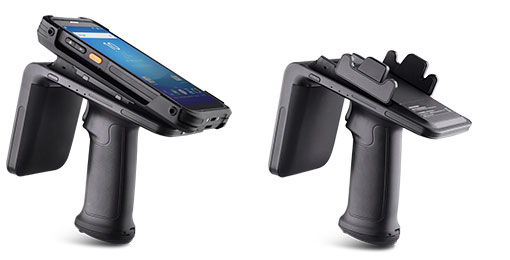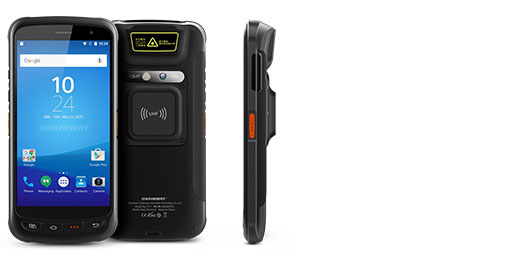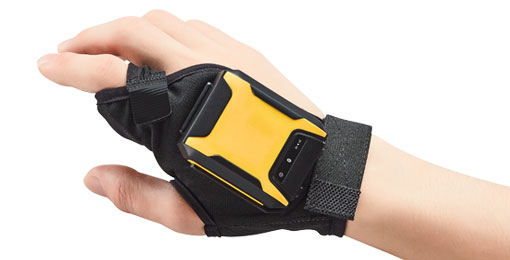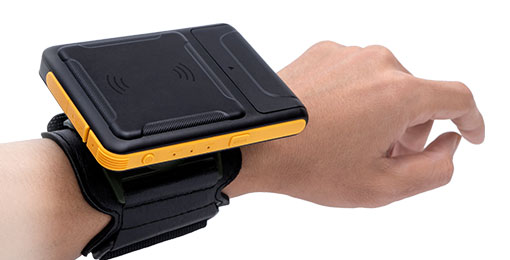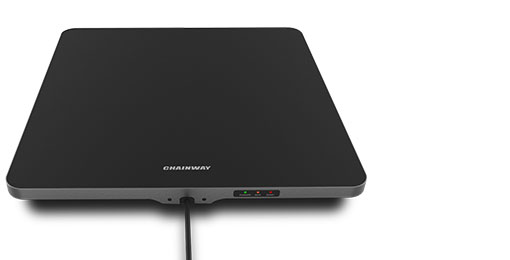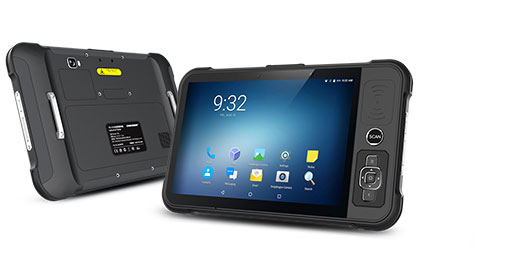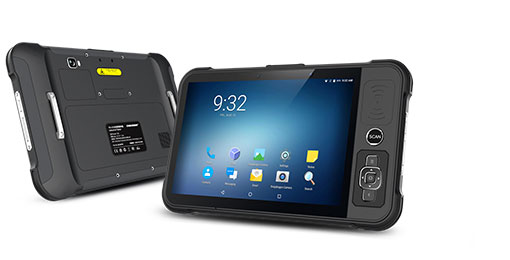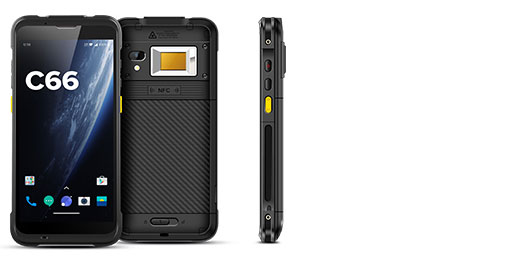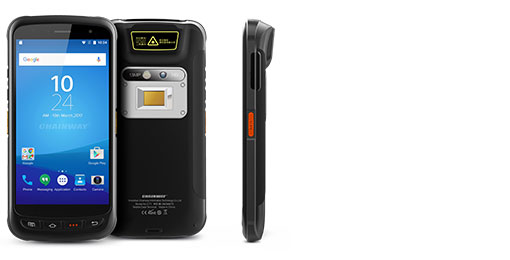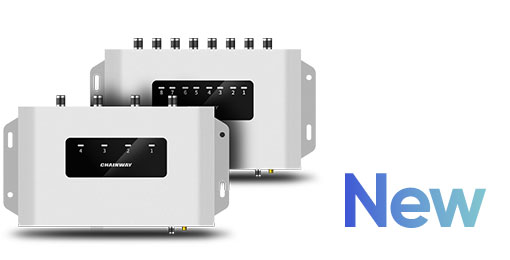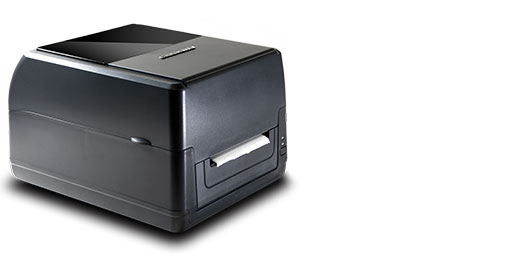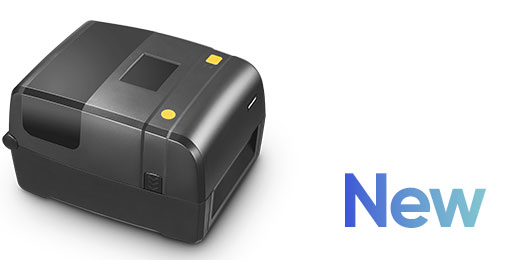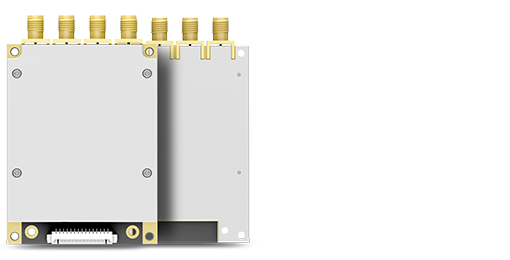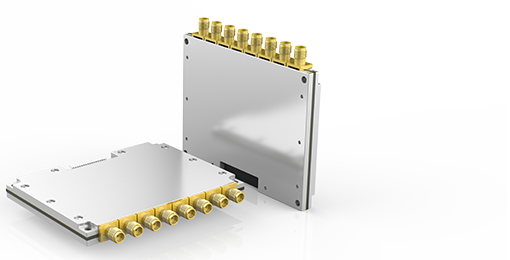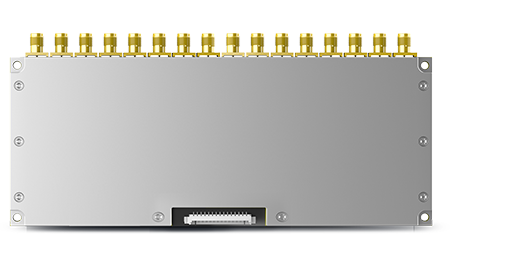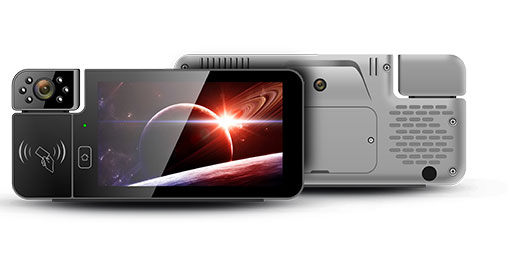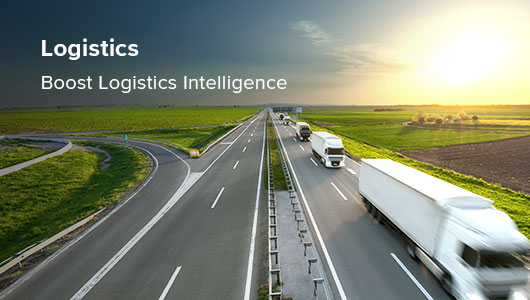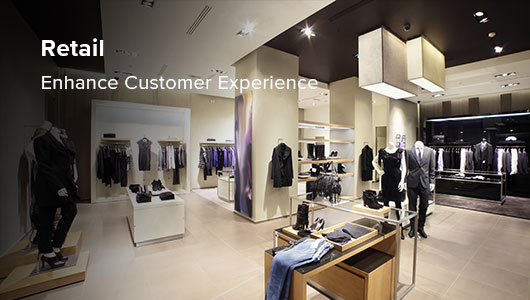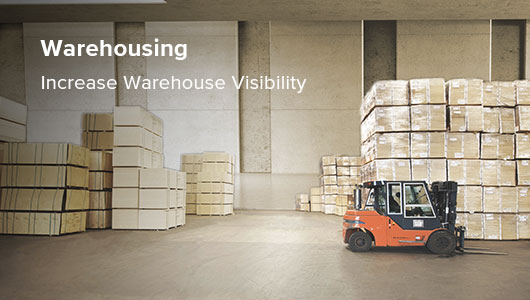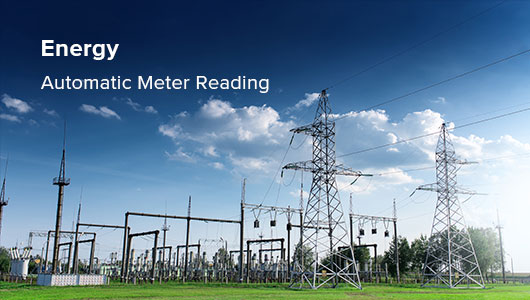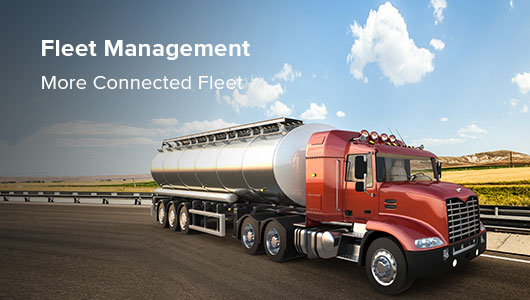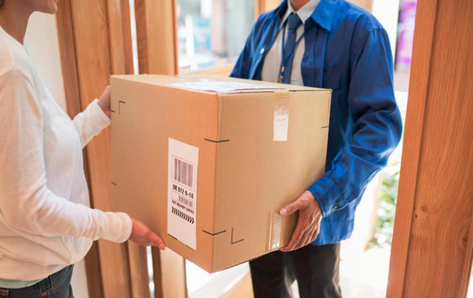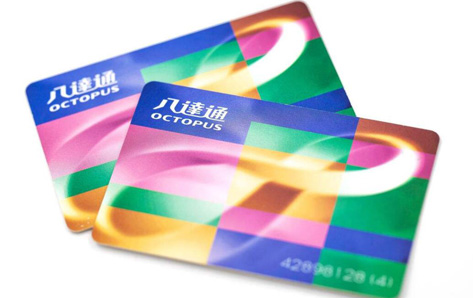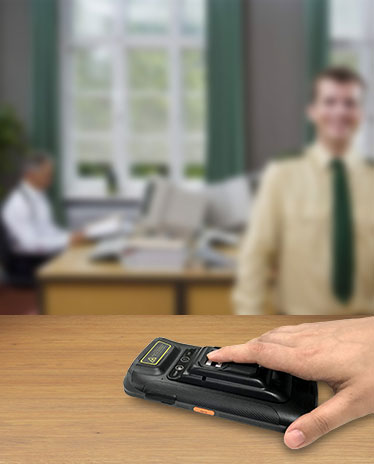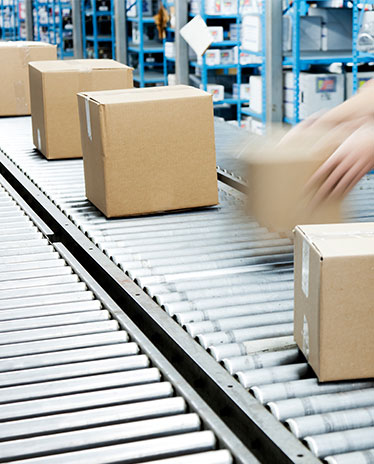The retail industry in China has developed rapidly. From traditional grocery stores, vegetable markets, farmer's markets to today's supermarkets, convenience stores, large professional stores, and shopping malls, the scale is no longer the same as before. The development of China's chain retail enterprises has some new features. For example, the retail life cycle has been shortened, customer requirements have been continuously improved, and chain retail stores are required to respond quickly. Especially in recent years, chain enterprises have become saturated in the first-tier cities and began to turn to the second or the third-tier cities and even county-level cities, which widens the distribution distance and makes it more difficult for chain retailers to quickly meet the needs of consumers.
With years of experience in the mobile and automotive terminal industry, we have introduced handheld terminals and vehicle terminals in various scenarios of large-scale retail chains, aiming to help chain retailers to rely on this real-time information from suppliers, distribution centers, retail stores, etc. to coordinate operations, which reduces costs, meet customer needs, increase sales, and increase corporate profits.
Application in retail stores
The simple overview of the operation and management of chain stores is the process of submitting and feedback information. In the process of information interaction, the import, sale, storage management and management of member information are completed. The use of electronic media instead of traditional manual entry and paper preservation greatly improves work efficiency and operational accuracy.
With Chainway handheld devices, it is possible to realize the efficient management of the entire business process of the store's goods, sales and storage, as well as the store members; when the goods are put into storage, use the handheld to read the barcode or RFID tag attached to the goods. The goods information is transmitted to the back-end database; before the goods are sold, the barcode or label can be scanned to query the detailed information of the goods, including the inventory quantity, price, discount information, etc.; after the order is settled, the background database automatically updates the product information. You can get feedback on inventory and sales; you can also enter or query member information at any time, and redeem the points, manage member feedback activities.
Application in warehouse management
The warehouse management system introduces advanced barcode, RFID high frequency, Wifi, computer software and other technologies into warehouse management. Staff scans individual or batch cargo barcodes or label information through mobile handheld PDA to realize automatic identification and collection of inbound and outbound goods information. Use the wireless network to query and check the relevant information of the goods in real time, and upload the data to the back-end system to realize the real-time update of the background database information. It is accurate, efficient and convenient. What’s more, it is convenient for management personnel to understand the inventory status in real time and formulate a plan in time.
Application in retail logistics
Through the application of barcode recognition technology, from the order to the reconciliation of retail logistics, the goods are intelligently sorted, checked, and received. The whole process is more concise and smooth, and the efficiency of sorting and receiving is improved. And record the key information of the entire process from the sorting, delivery to delivery process, and the execution of each order, and share it to the information management platform through the wireless network. The administrator can obtain the information in real time and efficiently. It provides users with logistics tracking information for fulfilling a better service experience.

